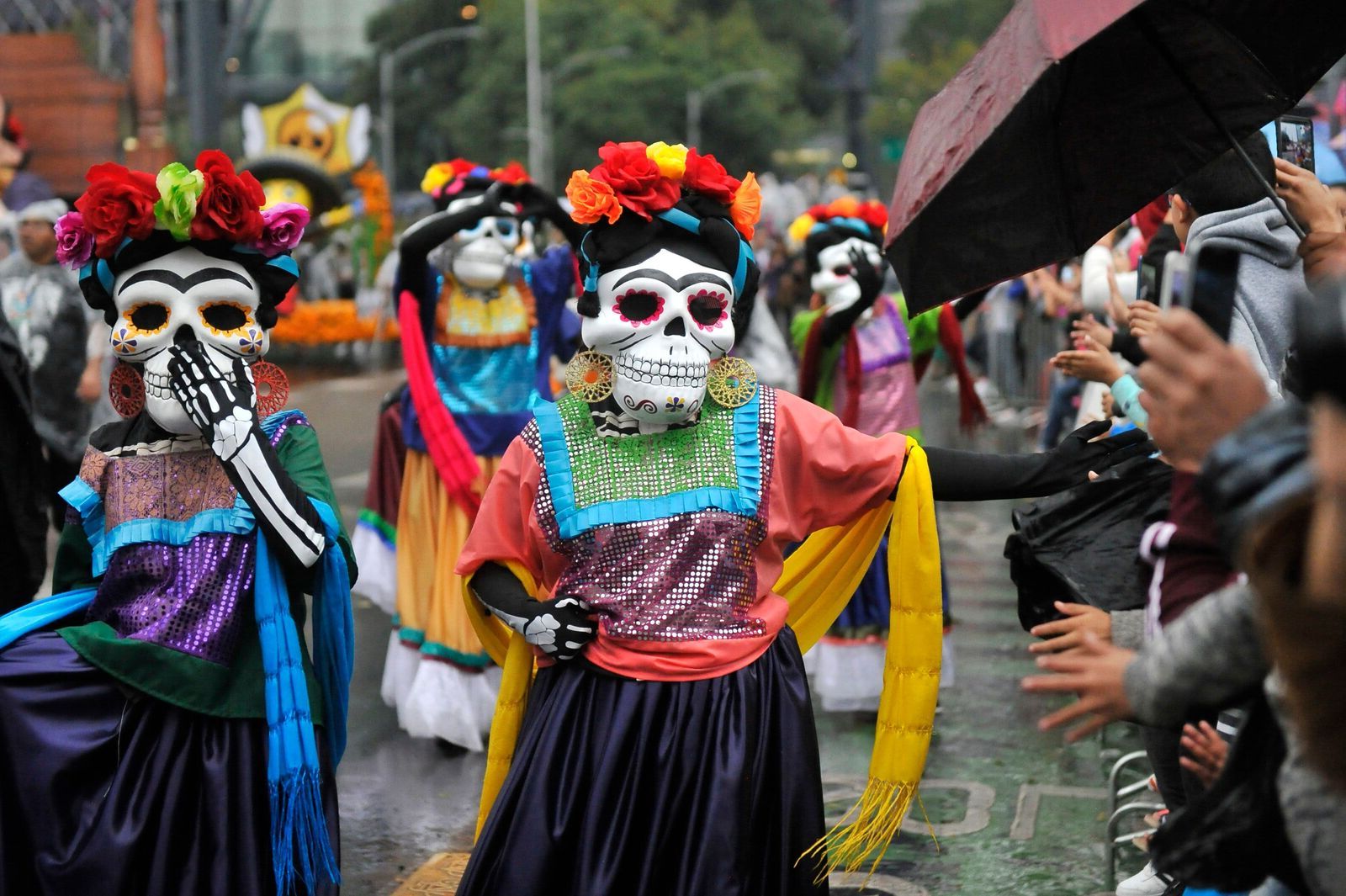How To Experience Day Of The Dead Like A Local: The Secret Spots

Ever wondered how to experience Day of the Dead like a local? This vibrant Mexican holiday, known as Día de los Muertos, honors deceased loved ones with colorful altars, marigold flowers, and sugar skulls. While many tourists flock to big cities like Mexico City or Oaxaca, the true magic often lies in smaller towns and hidden spots. Imagine walking through quaint villages where locals share stories, offer homemade tamales, and invite you to join their family celebrations. From candlelit cemeteries to lively parades, these secret locations provide a more intimate, authentic experience. Ready to uncover the best-kept secrets of Day of the Dead? Let's dive in!
How to Experience Day of the Dead Like a Local: The Secret Spots
Day of the Dead, or Día de los Muertos, is a vibrant Mexican tradition celebrating life and death. To truly experience it like a local, you need to know the secret spots where the magic happens. Here are some hidden gems to explore.
Hidden Cemeteries with Heartfelt Altars
While famous cemeteries like Panteón de Dolores are well-known, smaller, lesser-known cemeteries offer a more intimate experience. These places are where locals gather to honor their loved ones with heartfelt altars and personal touches.
Panteón de San Fernando: Tucked away in Mexico City, this cemetery is a quiet haven where families create beautiful altars. The atmosphere is serene, allowing you to feel the deep connection between the living and the departed.
Panteón de Mixquic: Located in the small town of Mixquic, this cemetery transforms into a lively celebration. Locals decorate graves with marigolds, candles, and food, creating a warm and welcoming environment.
Panteón de Xoxocotlán: In Oaxaca, this cemetery is known for its vibrant decorations and festive atmosphere. Families gather to share stories, food, and music, making it a truly immersive experience.
Traditional Markets Bursting with Color
Markets are the heart of Mexican culture, especially during Day of the Dead. These bustling places offer everything from marigolds to sugar skulls, giving you a taste of local traditions.
Mercado de Jamaica: This flower market in Mexico City is a sensory overload. Stalls overflow with marigolds, cempasúchil, and other flowers used to decorate altars and graves.
Mercado 20 de Noviembre: In Oaxaca, this market is a feast for the senses. Vendors sell traditional foods like pan de muerto and tamales, along with handmade crafts and decorations.
Mercado de San Juan de Dios: Guadalajara's largest market offers a wide variety of Day of the Dead items. From colorful papel picado to intricate sugar skulls, you'll find everything needed to celebrate.
Local Parades Full of Life
Parades are a key part of Day of the Dead celebrations. While big cities host grand parades, smaller towns offer more authentic experiences.
Desfile de Catrinas in San Andrés Mixquic: This parade features locals dressed as elegant Catrinas, the iconic skeleton figures. The atmosphere is festive, with music, dancing, and laughter filling the streets.
Comparsa in Oaxaca: This traditional parade involves locals wearing elaborate costumes and masks. The energy is infectious, with participants dancing through the streets to lively music.
Desfile de Calaveras in Aguascalientes: Known for its artistic floats and creative costumes, this parade is a visual delight. The community spirit shines through, making it a memorable experience.
Authentic Workshops and Activities
Participating in workshops and activities allows you to engage with Day of the Dead traditions on a deeper level. These hands-on experiences offer insight into the cultural significance of the celebration.
Alebrije Workshops in Oaxaca: Learn to create colorful alebrijes, fantastical creatures made from papier-mâché. These workshops are often led by local artisans who share their techniques and stories.
Sugar Skull Decorating in Mexico City: Join a workshop to decorate sugar skulls, a staple of Day of the Dead altars. This activity is fun and educational, giving you a chance to understand the symbolism behind the skulls.
Pan de Muerto Baking in Puebla: Participate in a baking class to make pan de muerto, the traditional bread of the dead. The process is both enjoyable and enlightening, offering a taste of local culinary traditions.
Secret Spots for Nighttime Celebrations
Nighttime is when Day of the Dead truly comes alive. These secret spots offer unique experiences that capture the essence of the celebration.
Callejón de los Muertos in Guanajuato: This narrow alleyway is transformed into a hauntingly beautiful space with candles, marigolds, and altars. The atmosphere is both eerie and enchanting.
Panteón Viejo in San Juan Chamula: This old cemetery in Chiapas is known for its mystical nighttime celebrations. Locals light candles and incense, creating a spiritual ambiance.
Plaza de la Danza in Oaxaca: This plaza hosts traditional dances and performances throughout the night. The energy is electric, with locals and visitors coming together to celebrate life and death.
Embracing the Spirit of Day of the Dead
Experiencing Day of the Dead like a local means diving into the heart of Mexican culture. Visit Oaxaca for its vibrant parades and intricate altars. Head to Pátzcuaro for the serene beauty of candlelit cemeteries. Don’t miss Mexico City’s grand celebrations and artistic displays. Remember to respect traditions, participate in local customs, and savor traditional foods like pan de muerto and sugar skulls.
Connecting with locals can offer deeper insights and make your experience more authentic. Whether you’re watching a parade, visiting a cemetery, or enjoying a meal, the essence of Day of the Dead lies in honoring loved ones and celebrating life. So, pack your bags, open your heart, and immerse yourself in this beautiful tradition. You’ll leave with memories that last a lifetime and a newfound appreciation for Mexican culture.

